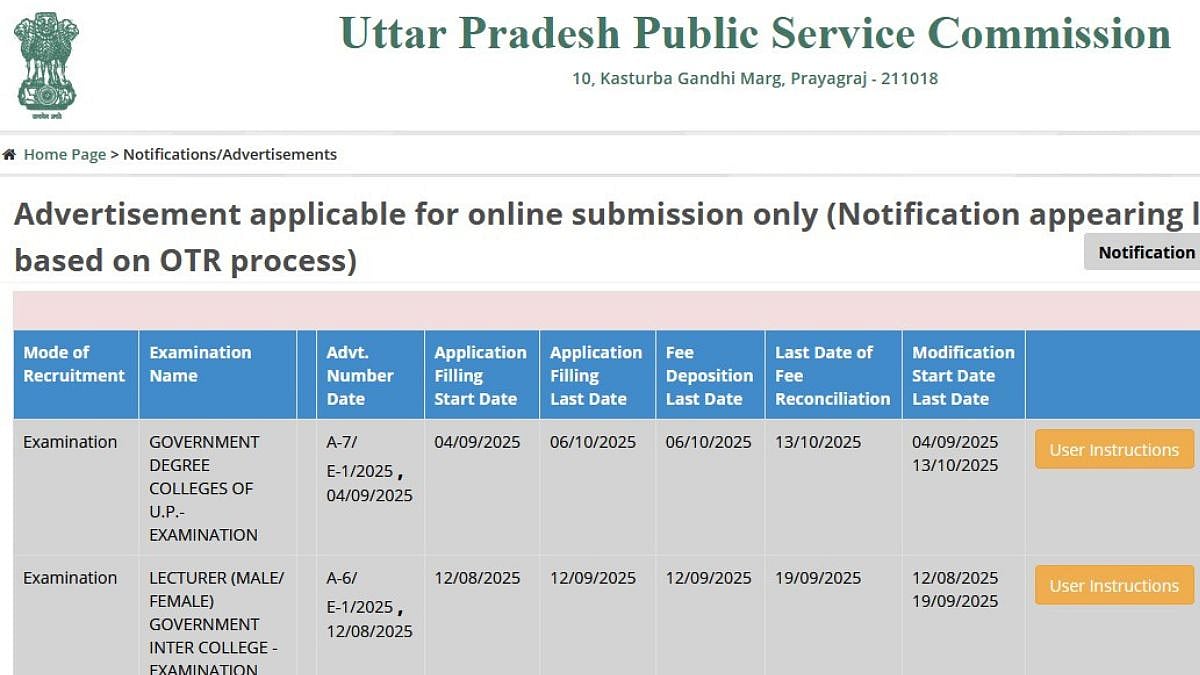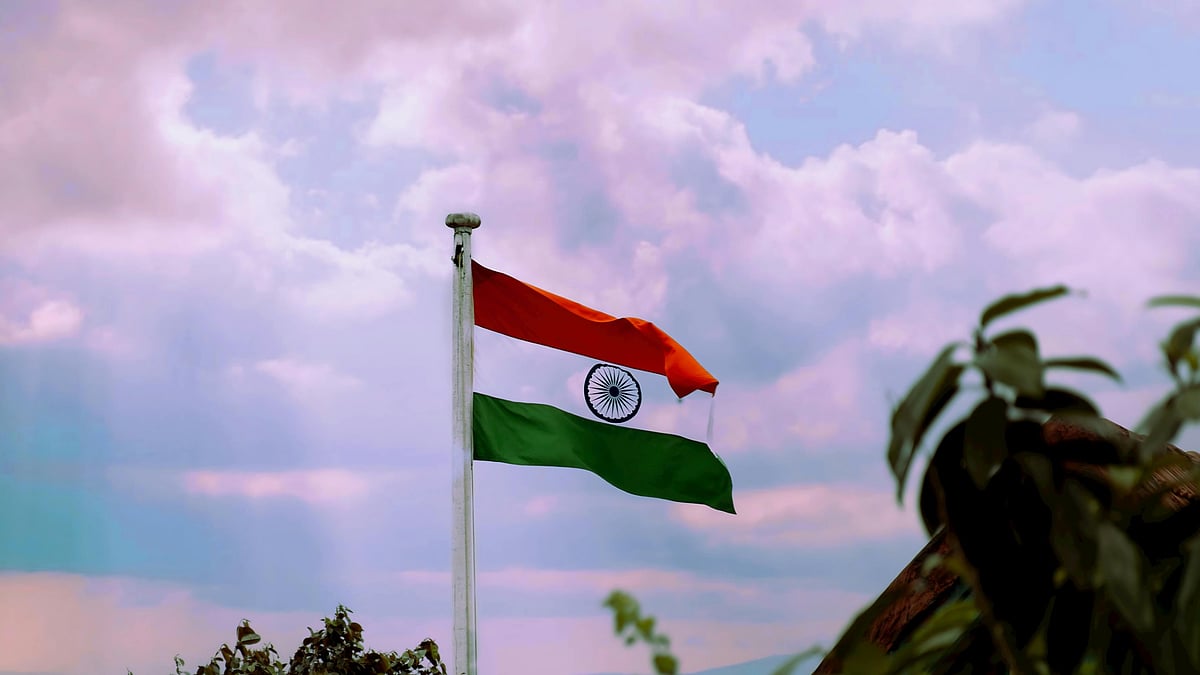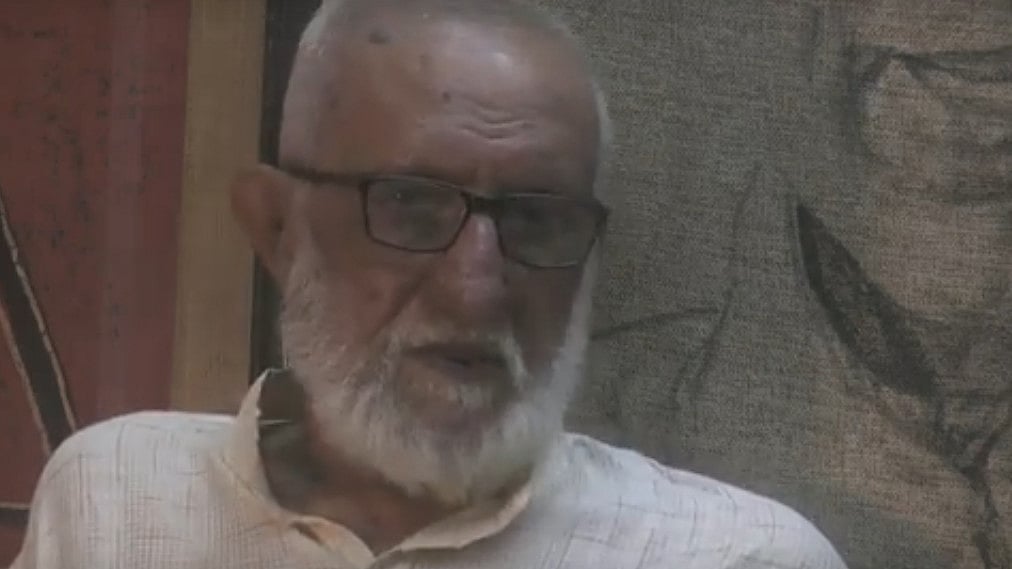Sunil Gavaskar was the Little Master but his records were obliterated by the ‘God of cricket’, Sachin Tendulkar, then came Virat ‘King’ Kohli and now the rising star is Rohit ‘Hitman’ Sharma – batsmen come and go – but India has yet to find an answer to Kapil Dev a quarter of a century after the allrounder hung up his boots. As the line in his very first ad went – for Palmolive shaving cream – Kapil Dev ‘da jawab nahin’.
For those of this generation who have not seen him live, the just-released Ranveer Singh-starrer, ‘83’, provides glimpses of the player’s greatness. It is about the finest hour of Indian cricket when ‘Kapil’s Devils’ won the 1983 World Cup in UK although cricket buffs scoffed at our chances and bookies gave India odds of 66:1. We had won just one match in the previous two World Cups, that too, against East Africa. Half the Indian team itself lacked self-belief; presuming that it would be a short sojourn, they had booked tickets from London for a tour of the US well before the final.
But more about that later. Kapil’s appeal as a player lay not as much in his game as in his gladiatorial instincts. With the ball, bat or even as a fielder, he was a fierce competitor and a fearless combatant. You expected the unexpected from him.
Every great player has that X factor but with Kapil it was 3X. Who can forget his devastating 5/28 spell against Australia in 1980- ’81 – bowled with a strapped thigh and painkillers – that helped India draw a Test series Down Under for the first time. Who can forget his four sixes in succession – batting with the last man – that helped India avoid a follow-on at Lord’s in 1990. Who can forget his catch in the final of the World Cup when ‘Master Blaster’ Vivian Richards tried to hit Madan Lal out of the ground; Kapil, who had stationed himself at short midwicket, sprinted back a good 20 yards, tracking the ball and judging it to perfection.
Till then, chasing a paltry 184 for victory in 60 overs seemed like a formality for two-time champions West Indies who were coasting along at 57 for the loss of two wickets, with Richards blazing away on 33 runs from 27 balls. In fact, the disdain with which he had dispatched Madan Lal to the fence, thrice in his previous over, led the TV commentator to announce that ‘it is curtains for India’. Kapil’s decision to persist with Madan Lal – a story in itself –’ and his own superhuman effort in the outfield proved to be the turning point.
Kapil was marked out as special from his early days. One remembers the radio commentary in December 1978 when the 19-yearold debutant slammed India’s fastest Test half-century off 33 balls, with two sixes. He was facing the likes of Imran Khan and Sarfaraz Nawaz at Karachi. The ‘Hurricane from Haryana’ was just building up. He went on to become the only player to have achieved the all-rounder’s double of 4,000 Test runs and 400 Test wickets.
Among the seven children of a prosperous timber merchant who settled in Chandigarh after Partition, Kapil was enrolled at DAV school but spent most of his time in the Sector 16 cricket academy of Desh Prem Azad, who also coached Chetan Sharma, Ashok Malhotra and Yograj Singh. Kapil recounted how the disciplinarian once refused him entry to the nets for three days for turning up 20 minutes late for a practice session.
Under Azad, Kapil blossomed so rapidly that the first test match he saw was the one he played in; at Faisalabad, Pakistan, on October 16, 1978. During that tour, he made a special visit to his ancestral village Shah Yakka in Montgomery, now Sahiwal, and received an effusive welcome from the villagers who fondly remembered his parents, Ram Lal Nikhanj and Raj Kumari Lajwanti.
Kapil Dev belonged to the golden era of allrounders and formed the Fab Four with Ian Botham, Imran Khan and Richard Hadlee. Statistically, Kapil was the least of them, scoring 31 runs on an average and claiming a wicket every 29 balls in tests. Imran Khan with corresponding figures of 37 and 22 was the top performer, going by numbers alone. However, unlike the others, Kapil toiled solo – and as a workhorse too – on lifeless Indian pitches.
The Indian all-rounder – rated by Wisden as the ‘Indian Cricketer of the Century’ in 2002 – played 131 Tests, almost without a break, in a career spanning 16 years – an astonishing feat for injury-prone fast bowlers. In November 1983, playing against the West Indies at Ahmedabad, Kapil Dev delivered one of the best fast bowling spells in history. Bowling unchanged, he took 9 for 83 in 30.3 overs. Compare that to the fast bowlers now, who get a break every 4-5 overs. Kapil himself reckoned that even though he may not have been the greatest among the Fab Four, he was a better athlete than all three combined; never suffering any injury in his entire career, retiring in 1994 at the age of 35.
Coming back to the 1983 World Cup, Kapil Dev finished with 303 runs in eight matches at an average of 60 and 12 wickets at an average of 20. However, all that the world remembers is his 175 not out against Zimbabwe at Tunbridge Wells when India was on the ropes; half the team was back in the pavilion with just 17 runs on the board.
Kapil’s first 50 came in 26 overs, the next 50 in 13 and the third in only nine overs. Those days, there was no circle or field restrictions and yet he hit six sixes and 17 boundaries. The captain’s innings took India to 266 for eight. The Zimbabweans put up a spirited fight but the Indians had their tails up and prevailed by 31 runs. However, the match that truly shows why cricket is the game of glorious uncertainties was yet to come. David slaying Goliath in the final is history.
India’s win ignited a million dreams, including that of a kid named Sachin Tendulkar and that of a cricket administrator named Jagmohan Dalmiya. Had India lost that day, would the game have become so big in the subcontinent? Would the BCCI have called the shots in world cricket? Would the IPL have been possible?
1983 changed the story of not just Indian cricket but also of world cricket, all because a novice captain, just 24, refused to let anything come in the way of his dream.











